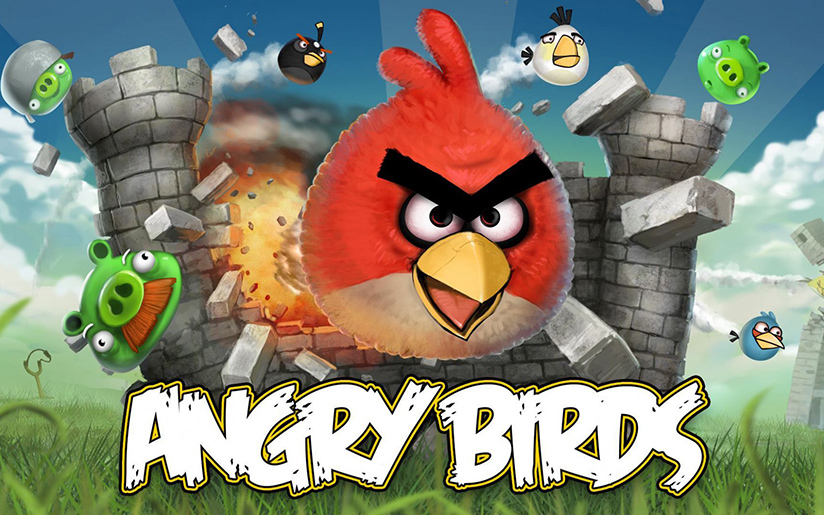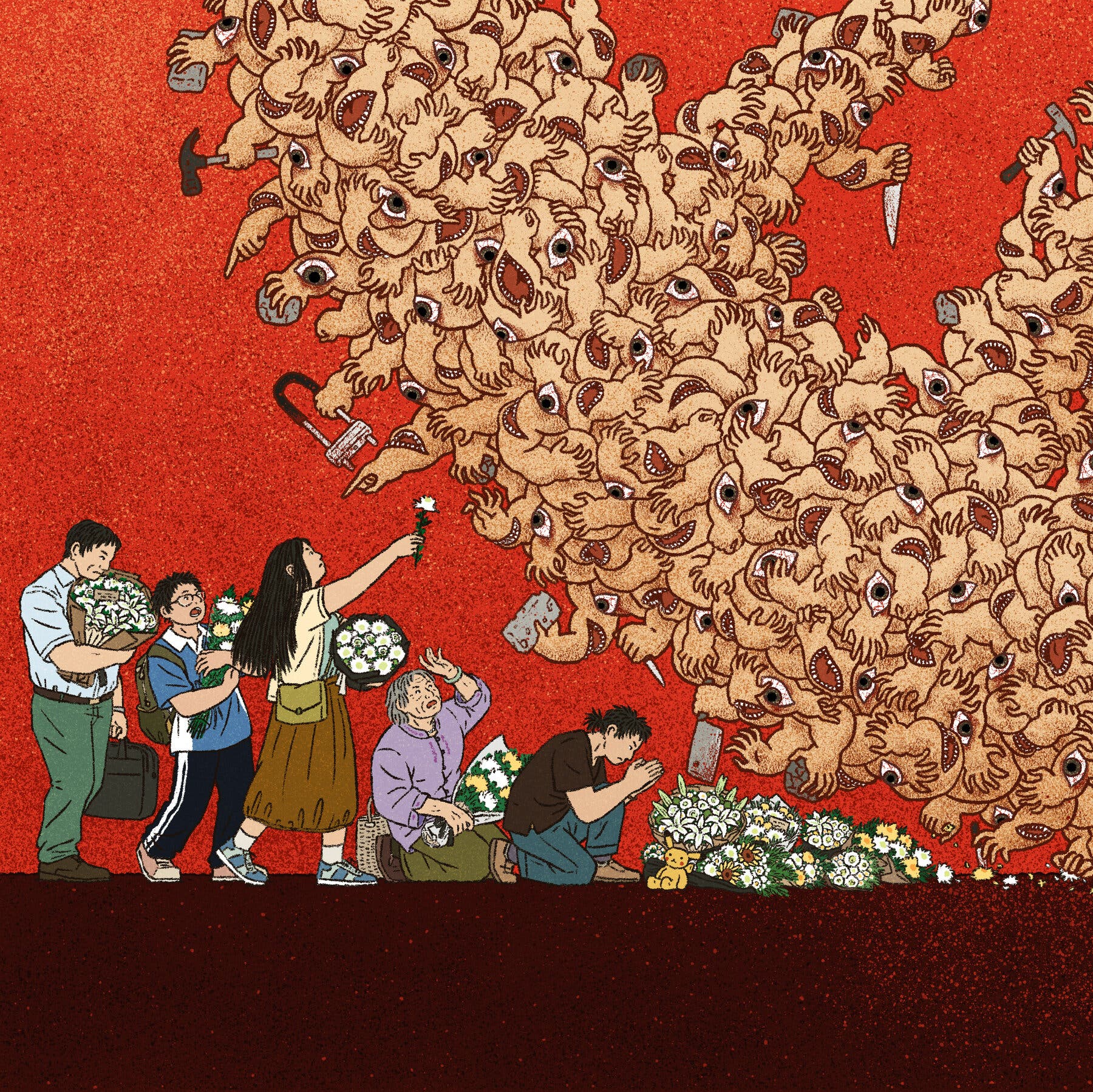
Exploring the Unique Scene Design Features in Angry Birds
The Angry Birds franchise has captivated players worldwide with its whimsical art style, engaging physics-based gameplay, and imaginative level designs. Below is an in-depth analysis of the game’s scene design elements, organized by key visual and structural characteristics that enhance player immersion and enjoyment.
Vibrant and Playful Aesthetic Choices
The game’s visual identity is anchored in bold, primary colors and simplified geometric shapes. Each level features backgrounds composed of bright hues like sky blues, sunny yellows, and lush greens, creating an inviting and energetic atmosphere. This color palette not only appeals to a broad audience but also reinforces the game’s lighthearted tone.
Character designs follow a similar aesthetic, with birds and pigs rendered as cartoonish figures using basic shapes—circles for bodies, triangles for beaks, and ovals for eyes. These minimalist designs ensure clarity on smaller screens while maintaining expressive details, such as exaggerated facial expressions that convey emotions like anger, surprise, or mischief.
Environmental elements, such as wooden planks, stone blocks, and glass panels, are designed with textured surfaces that add depth without overwhelming the visual style. This balance between simplicity and detail allows players to focus on gameplay mechanics while appreciating the artistry of each scene.
Dynamic Level Layouts and Structural Challenges
Level designs in Angry Birds blend creativity with strategic complexity. Each stage presents a unique arrangement of structures, often incorporating multiple materials like wood, stone, and ice, each with distinct physical properties. For example, wooden beams break easily under impact, while stone requires more force to dismantle, encouraging players to experiment with different bird abilities.
Verticality plays a significant role in many levels, with towers, bridges, and multi-tiered fortresses testing players’ aim and understanding of projectile physics. Some stages introduce floating platforms or moving obstacles, adding an element of unpredictability that requires adaptive thinking.
Environmental hazards, such as TNT crates or water hazards, further diversify gameplay. Strategically placing these elements within levels creates opportunities for chain reactions or alternative solutions, rewarding players who explore beyond obvious approaches.
Thematic Variety and Narrative Integration
Beyond generic settings, Angry Birds levels often incorporate thematic elements that tie into the game’s lore or seasonal events. For instance, holiday-themed levels might feature snowy landscapes, festive decorations, or winter-specific materials like ice blocks. These thematic shifts keep the gameplay fresh and encourage repeated engagement.
Narrative integration is subtle but effective, with level backgrounds hinting at the birds’ and pigs’ ongoing conflict. Ruined villages, makeshift pig fortresses, and egg-themed objectives reinforce the story without relying on extensive cutscenes or dialogue. This approach allows players to immerse themselves in the world while staying focused on core gameplay.
Interactive elements, such as hidden objects or clickable easter eggs, add depth to the environment. Discovering these secrets often rewards players with bonus content or cosmetic unlocks, incentivizing exploration and reinforcing the idea that every corner of the game world holds potential surprises.
By combining playful aesthetics, dynamic layouts, and thematic variety, Angry Birds creates a visually engaging and strategically rich experience. The game’s scene design not only supports its core mechanics but also invites players to return time and again, eager to uncover new challenges and hidden details.
-

Senkaku Dispute: Sino-Japanese Relations
The Dispute Over Rocks ... -

Seeking Truth from Facts: Bias in Tragedy
California wildfires and China ... -
.png)
北京高中一学生被同学用剪刀连刺太阳穴
教委学校冷漠回应家长实名曝光
